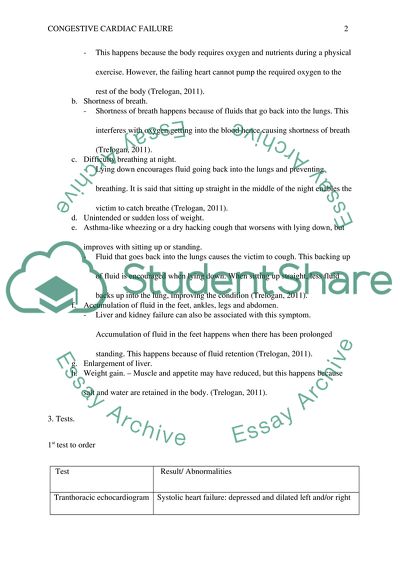Question answer Assignment Example | Topics and Well Written Essays - 250 words. Retrieved from https://studentshare.org/nursing/1592749-question-answer
Question Answer Assignment Example | Topics and Well Written Essays - 250 Words. https://studentshare.org/nursing/1592749-question-answer.


